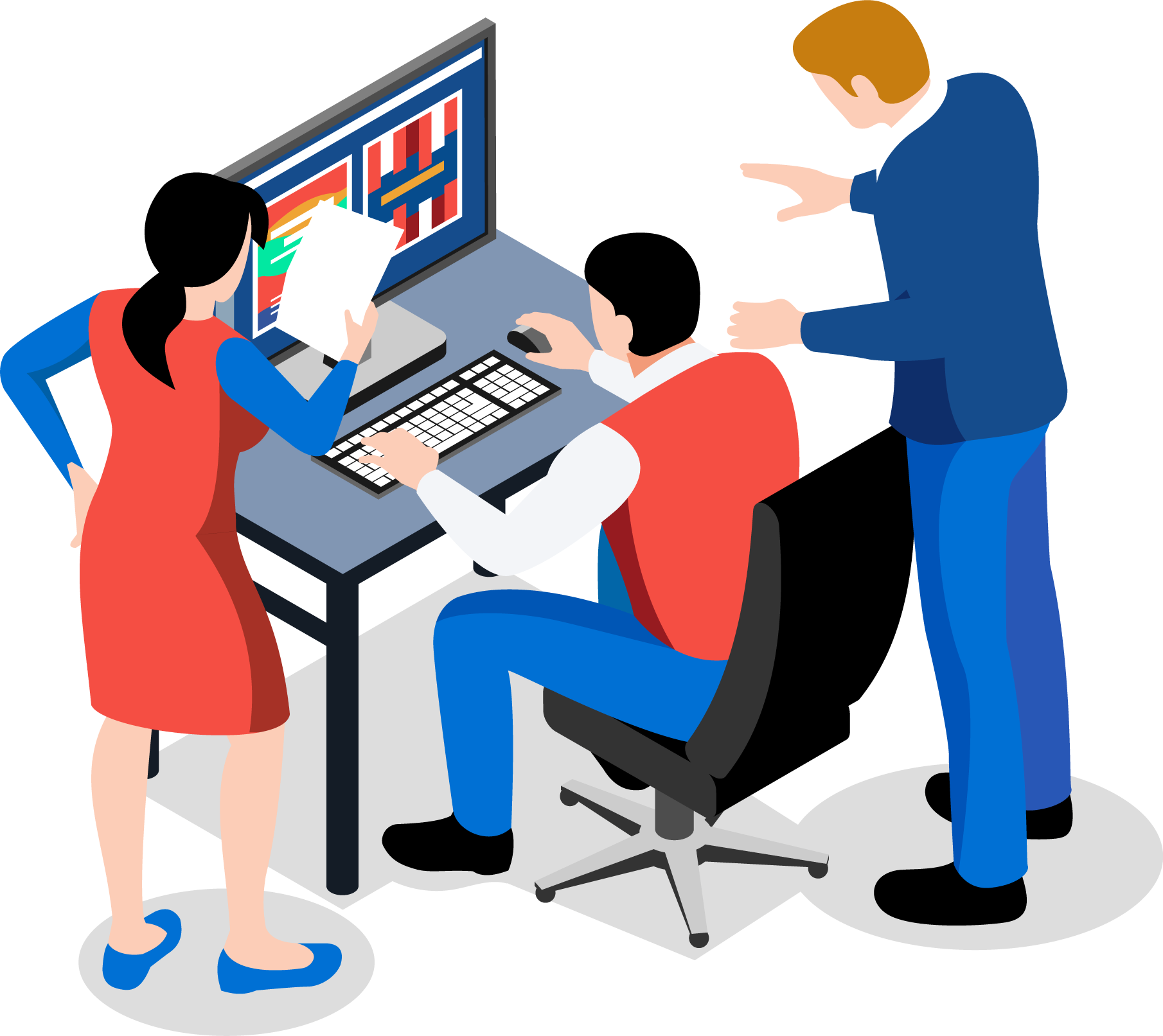Too much work with layouts?
Sometimes it seems that technical writing departments are spending more time on the layout than anything else. The content is complete, the instructions are linguistically perfect – but now it all needs to be put together.
Technical writers spend days tracking down incorrect indentations, unwanted text flows, graphic labels, and other layout snags. And, by now, everyone knows that as soon as the data arrives from the translation agency, the hard work begins all over again.
It's much easier with a component content management system (CCMS).
Did you already know...?
The layout is much more than just ensuring the content is presented in an appealing way. The layout determines the success of information products: it's critical for usability and intelligibility. That's why the layout concept for instructions deserves special attention, otherwise finishing touches will have to be made to the layout, which often takes up lots of time and incurs high costs. The best solution here is an automated layout.
Why is layout creation such a challenge for technical writing departments?
There are many reasons why it's not easy to create good layouts in technical writing departments:
- Instructions are complex documents that combine text, images, and graphical design elements such as tables and diagrams.
- On top of this, instructions are often very large in scope and still need to convey information quickly and comprehensively. Clarity and didactic considerations are important here.
- Last but not least, instructions are also a calling card for the company, which means that the CI specifications need to be implemented perfectly.
Less work means lower costs. Automated layouts mean higher levels of consistency in design. Separating content and design means greater flexibility. It's a real win-win situation for technical writers. In SCHEMA ST4, content is managed on a modular basis. At the same time, this content is separated from the subsequent layout; it's just text and graphics without additional layout information. This opens up opportunities for automating the layout processes. As every module ‘knows’ its information type, it is possible to create key layout instructions for how to display a certain information type as a module for a certain type of document. This enables an automated layout that makes subsequent layout work largely superfluous while simultaneously achieving a high level of typographical quality.
In addition to the cost of designing the source text, designing the documents in the target language also represents a significant cost factor and is often outsourced to translation service providers. However, the disadvantage of this is that the technical writing department hands over some of the control over the design process; it's not uncommon for service providers to retain the original data. With SCHEMA ST4, you can automatically use a defined layout for all translations. If language-specific layout adjustments are necessary because, for example, texts are longer in the target language than in the source language, this issue can be intercepted through modified layout rules for this language. As a technical writer, the benefits for you are twofold: layout work is eliminated and the writing department retains access to all the relevant documentation data.
A defined layout can be reused again and again for updates, other products, and other types of instructions (e.g., installation instructions, maintenance manuals, etc.). This magnifies the benefits because, in each of these cases, there is virtually no effort involved in the layout and design. What's more, changes to the layout can be made centrally for all these documents, without resulting in significant work.
At the same time, the same information can also be used with different layouts: be it a short and multilingual package insert, a comprehensive manual, or an online information portal, it can all be produced from the same database. This is because layouts are not limited to print layouts. Online designs, mobile applications, and even PowerPoint slides are all layouts that can be produced automatically.
- Separating content, structure, and layout
- Language-neutral layout
- “Out-of-the-Box" layout tools in SCHEMA ST4 for adjustments and redesigns::
⇒ Print formats: SCHEMA ST4 Page Layout Designer
⇒ Web-/special formats: SCHEMA ST4 Online Media Designer - Example layouts for every publication format predefined by default
- Reuse of layouts for a consistent external image
- Implementation as per the corporate design
- Different layouts (“brandings”) can be used on one structure
- Publication of different formats using different layouts from one structure




